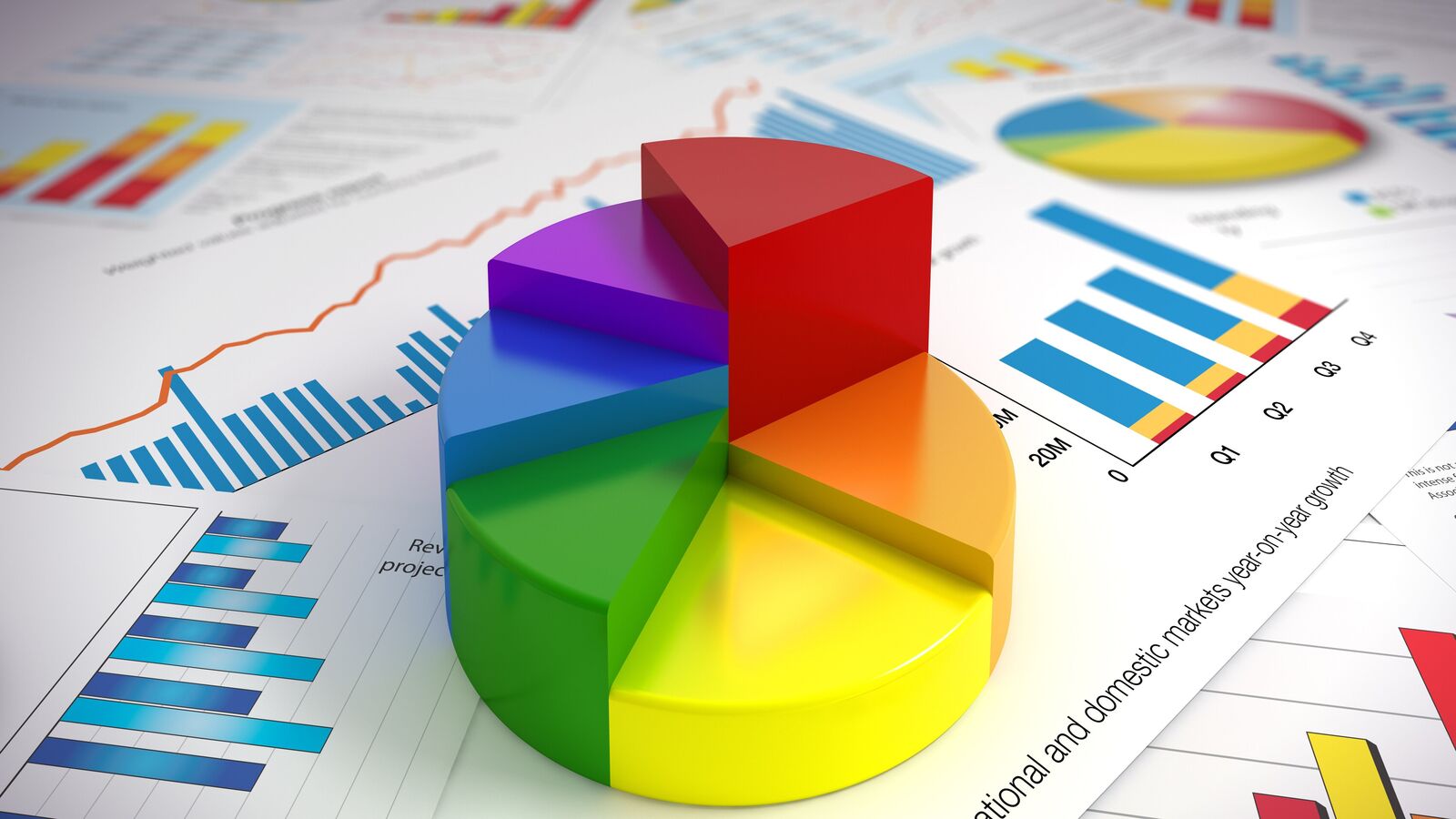The financial year 2025 (FY25) has proven to be a prosperous period for both gold and equities, with these asset classes experiencing significant growth. The Nifty 50 index has appreciated by approximately 16%, while gold prices in India have risen by over 12% so far this fiscal year. Such performance is indicative of a favorable investing environment.
Key factors driving this positive scenario for equities include sustained economic growth, easing inflation rates, increased retail investment, and a stable political climate. Conversely, gold’s rise can be attributed to global economic uncertainties, geopolitical tensions, expectations of interest rate cuts, and substantial purchases by central banks.
What Fuels Equities in FY25?
Despite facing significant challenges including geopolitical tensions, market volatility, and inflationary concerns, Indian equities have shown remarkable resilience. A range of contributing factors has led to a robust performance in the initial half of the financial year.
Vaibhav Shah, Fund Manager at Torus Oro PMS, highlights that the first half of 2025 was marked by several major geopolitical events impacting the economy.
“We experienced the much-anticipated Federal Reserve rate cuts, a reversal in Japan’s carry trade, tensions in the Middle East, and volatility from the ongoing Russia-Ukraine conflict,” Shah noted. “Despite these adverse effects, Indian indices consistently reached new all-time highs, propelled by strong economic fundamentals.”
As per Manish Chowdhury, head of research at StoxBox, robust corporate earnings, well-managed fiscal and monetary policies, strong domestic liquidity, and the return of the NDA government have acted as significant drivers for Indian equities.
The continuity of the political landscape is crucial for investor confidence in the stock market. Experts believe that the current government’s consistent policies have fostered a trusting environment for investors.
Increased retail participation, as evidenced by inflows into equity mutual funds, indicates a growing confidence among investors in the Indian market. This trend reflects a shift where domestic investors are now more influential.
What Drives Gold in FY25?
Gold’s status as a safe-haven asset has reinforced its attractiveness in FY25. Central banks globally have been accumulating gold due to ongoing geopolitical tensions and declining interest rates, thus enhancing its appeal for investors seeking security.
Chintan Mehta, CEO of Abans Holdings, adds that the combination of reduced interest rates and rising geopolitical tensions has substantially lifted gold prices this year.
“The recent 50 basis point rate reduction by the US Federal Reserve has spiked interest in gold, a non-yielding asset. Additionally, regional conflicts, particularly in the Middle East, are contributing to the volatile international landscape, further enhancing gold’s attractiveness,” Mehta commented.
“From January to July, central banks around the world actively accumulated gold, with India purchasing 42.6 metric tons and China acquiring 28.9 metric tons before pausing its purchases. This trend is a response to increasing geopolitical risks as central banks seek to diversify their reserves,” Mehta explained.
Future Prospects for Equities in FY25
The outlook for the Indian stock market remains optimistic, bolstered by strong anticipated economic growth. Global agencies have recently revised India’s growth estimates upward, contrasting sharply with the concerns of severe slowdowns in developed economies.
Shah from Torus Oro PMS observed a shift in the Indian market landscape, noting, “Indian markets have transitioned from being reliant on foreign institutional investments to being supported by domestic liquidity.” This transformation enables domestic investors to absorb market volatility better.
Narinder Wadhwa, Managing Director and CEO of SKI Capital, suggests that while temporary volatility may occur due to external forces such as potential rate cuts by the US Fed, the long-term prospects for sectors like banking, infrastructure, and technology remain bright.
“Investors should maintain positions in fundamentally strong stocks but consider booking partial profits following substantial rallies. Sector rotation might present fresh opportunities. Focusing on long-term investments in high-growth sectors while selectively investing in defensive sectors is advisable. Diversifying into international equities can also cushion against domestic market fluctuations,” he explained.
Chowdhury of StoxBox anticipates that the future of Indian equities is promising, supported by expected dovish trends from the Reserve Bank of India and favorable weather conditions contributing to agricultural growth.
Though the domestic market’s valuations seem somewhat stretched, analysts believe that positive macroeconomic indicators and strong growth prospects will support current valuations moving forward.
“The decline in global inflation and the resulting ease in central bank policies are likely to redirect liquidity towards emerging markets such as India. Despite being relatively expensive, we expect that economic data through the second half of FY25 will influence market direction positively. Increased government spending will become crucial for the next phase of market rally,” stated Antu Thomas, a senior research analyst at Geojit Financial Services.
Conversely, recent stimulus from China and its comparatively attractive valuations may induce a consolidation period in the Indian market.
According to Thomas, a focus on value stocks could yield positive results in the current market context.
“We anticipate that a favorable monsoon and the forthcoming festival season will benefit sectors such as Consumer Goods, Automobiles, and Banking. At the same time, improved global sentiments could boost IT and Pharma stocks. Additionally, China’s stimulus measures might positively impact metal stocks, and increased capital spending is expected to bring infrastructure and capital goods sectors into focus,” Thomas added.
What to Expect for Gold in FY25?
The movement of gold prices will largely hinge on the extent of the interest rate reductions and the fluctuations of the US dollar.
Wadhwa remarks that the resilient appeal of gold as a safe-haven asset will persist amid fears of global recession and the likelihood of continued monetary easing by central banks. Notably, fluctuations in the equities market or strength of the dollar could disrupt gold’s stability.
“Investors are recommended to retain their gold holdings as a hedge, adopting a gradual accumulation strategy rather than making aggressive purchases at current high rates. Employing a systematic investment approach with a modest allocation to gold is advisable. Gold serves as a protective asset against global uncertainties, where corrections in price may present buying opportunities,” Wadhwa concluded.
For comprehensive market news and updates, investors are encouraged to stay informed about the latest trends and developments.
Disclaimer: The viewpoints shared above are those of individual analysts, experts, and brokerage firms and do not represent Mint’s opinions. We recommend that investors consult certified professionals before making any investment decisions.










